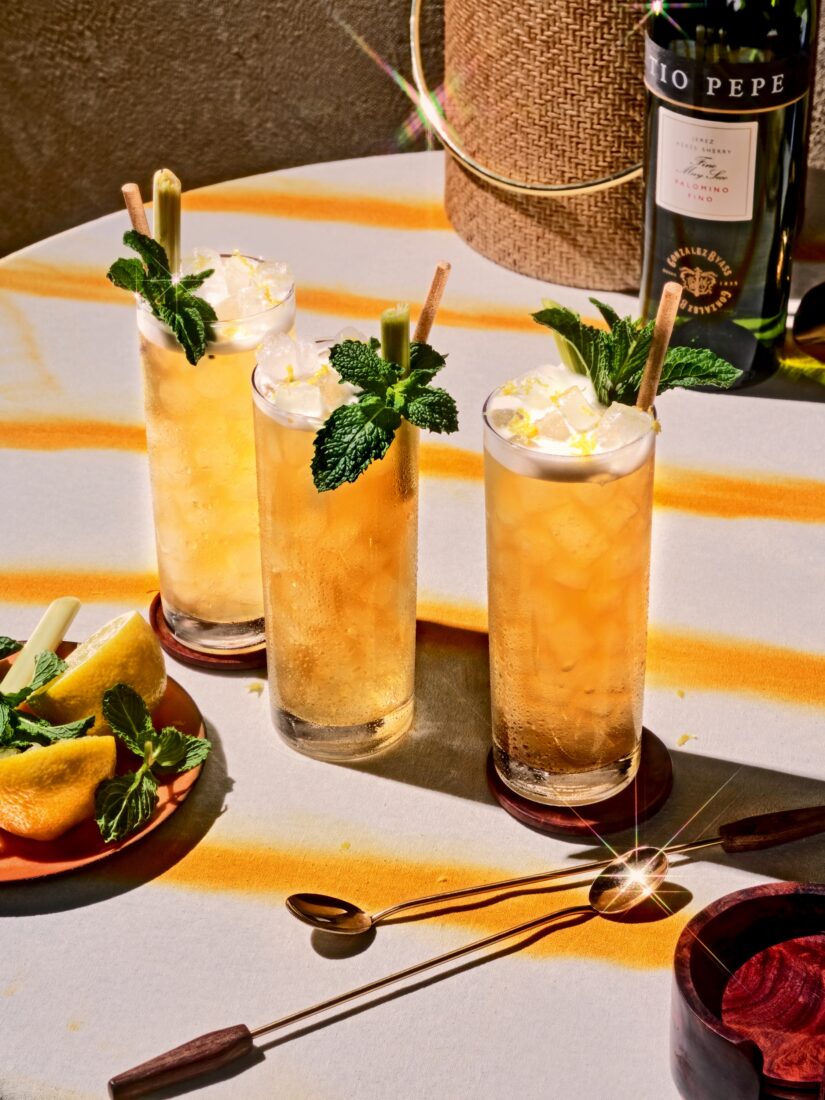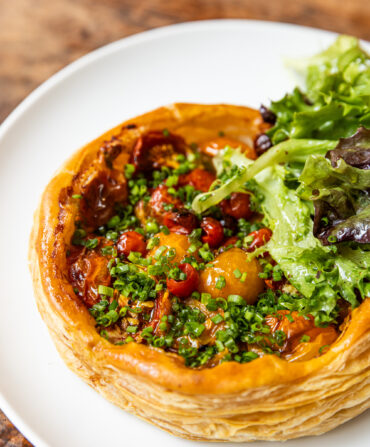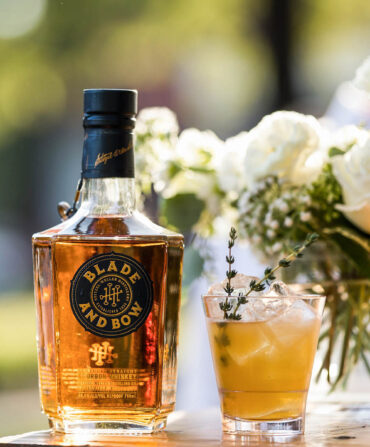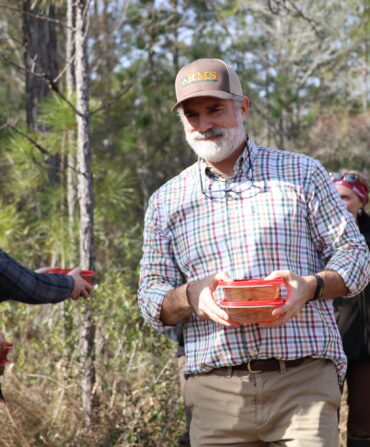The sherry cobbler is saddled with an unfortunate reputation for fustiness. But like a great-aunt with a bawdy past, the classic has had a colorful if underpublicized journey. The drink dates back to at least 1838, when it first appeared in print. By the end of the nineteenth century, it had become one of the most common American tipples. Celebrity bartender Harry Johnson described the sherry cobbler in 1888 as “without doubt the most popular beverage in the country, with ladies as well as with gentlemen.” It was also famous for being among the first cocktails sipped through a straw—intended to protect sensitive teeth from the ice in an era of questionable dental hygiene.
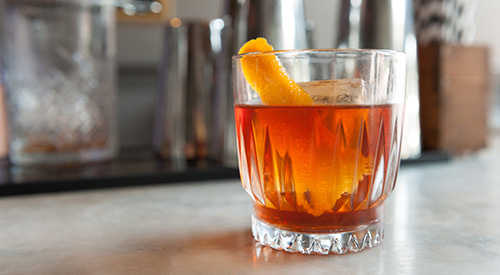
The origin of the drink’s name is sometimes linked to a shoemaker, but that’s surely apocryphal; it more likely refers to the ice, ideally crushed into pieces resembling cobblestones. The cobbler is closely related to the julep—that is, a drink in which ice takes center stage.
But while a julep prefers whiskey or brandy, a cobbler typically calls for fortified wine as a base. Citrus and other fruits often lavishly adorn it, but they’re more than seat fillers—they’re invited to speak a few lines by adding flavor and piquancy.
The sherry cobbler scratches two contemporary itches: It’s a low-alcohol cocktail, perfect for those seeking a flavorful but less potent summer beverage. And it lends itself to nearly infinite customization. A cobbler isn’t so much a specific drink as a class of drink defined by general principles. You’re free to riff depending on whim, mood, and locale.
Chantal Tseng, a bartender, sommelier, and sherry expert based in Washington, D.C., created a version called the Fino Bee Cobbler. She built it around fino sherry, unlike the more commonly used oloroso or amontillado, as she prefers its dry, slightly nutty and salty profile in this recipe. “I like to drink fino on its own so much,” she says, “and fino stands up and has a lot of personality. It makes for a super-refreshing chilled cocktail.”
Tseng is often drawn to tea in her sherry drinks, and for this variation, she added chamomile notes with a tea-and-honey syrup. The drink “has a wonderful aromatic floral quality, but it’s not too floral. It gives you that sense of being outside in spring or summer.”
Ice, naturally, is a key component. Some countertop ice makers can produce pebble or “cobble” ice, but Tseng says that crushing ice yourself works just as well. Use a canvas bag and a mallet to pulverize cubes into crumbly shards, or break them up with sharp whacks from the back of a spoon. After assembling the cobbler in a chilled collins glass, fill the glass with a mound of ice, stir, top with more ice, then garnish.
Not only does a cobbler delight on a warm day—it’s also an authentic taste of the past. You may not want to dress as a Civil War soldier in scratchy wool, but sipping one is a wholly agreeable way to plausibly claim you’re a historical reenactor.


